
The recent Gralloch gravel event was a real eye opener for me. Not only did I realise just how far off race fitness I was, I was also stunned by the number of riders I saw on the side of the track with punctures. There's been a lot of talk around wider tyres in the gravel world of late, but I think riders are missing some tricks that those in the MTB world figured out already.
Now obviously punctures are a part of riding bikes that's unavoidable, you will get one at some point, but there are definitely things you can do to minimise the risk. Here are some of my favourite tips to keep you rolling.
Choose your tyre pressure wisely
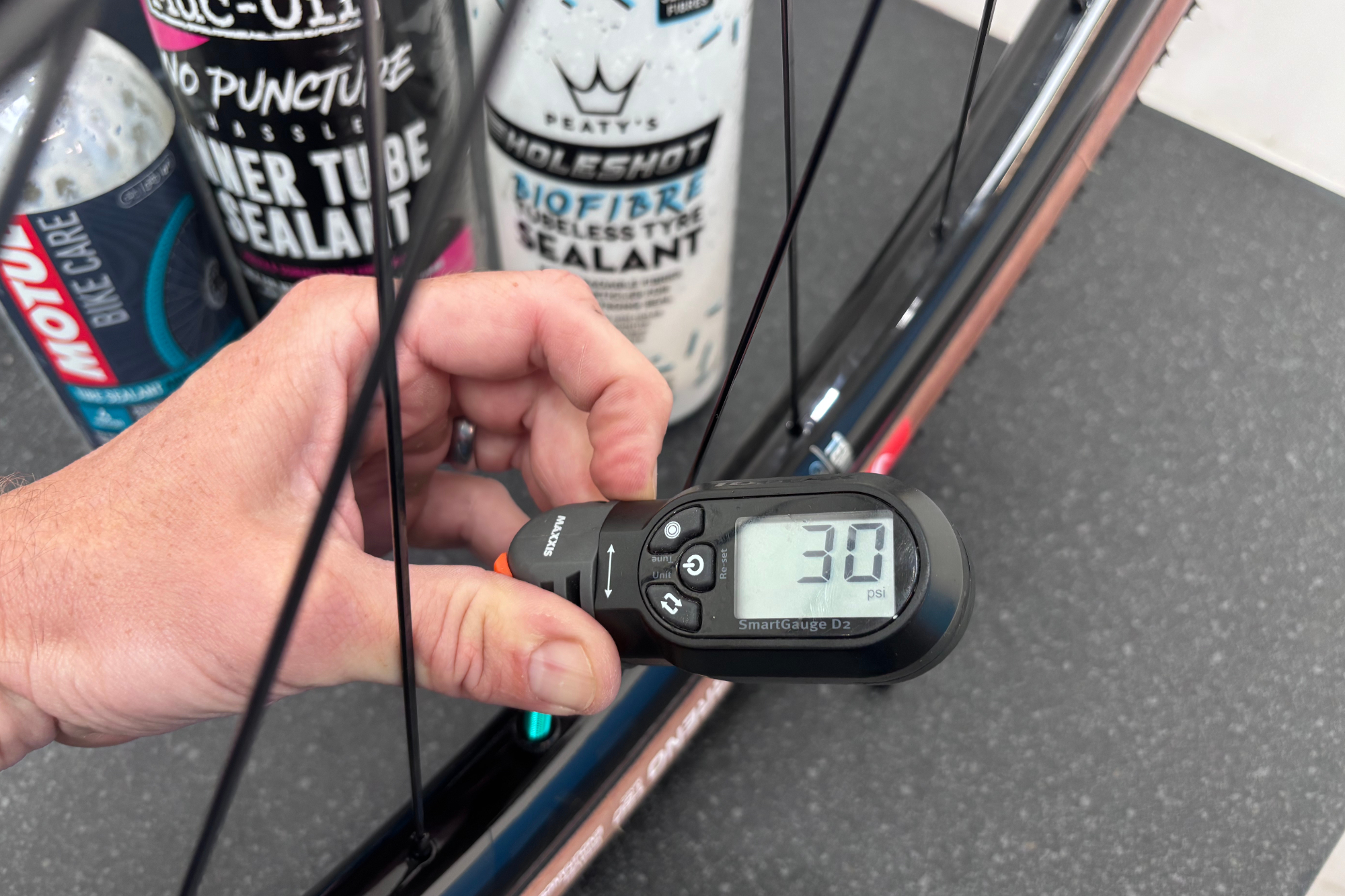
One of the biggest causes of rapid tyre deflation on rocky trails is caused by people not running high enough pressures. Yes, going lower does improve grip, comfort and rolling resistance, but all of those gains only count if you keep air in them.
Getting your pressure right can be tough, but brands like Vittoria and Silca amongst others have very handy guides on their sites than can give you a great base line. You’ll need to pay attention to the trails and conditions you ride on, rather than looking at what the pro’s are doing. Yes, MVDP might get away with running low pressures, but you're not Matthieu. For something rocky like the Gralloch try running your usual set up at 5psi more to start with, and experiment a bit on your warm up rides to fine tune it. Keep in mind you are more likely to have an impact related puncture towards the back end of the event as you get tired and your reaction speed drops.
Don't always go for the lightest option
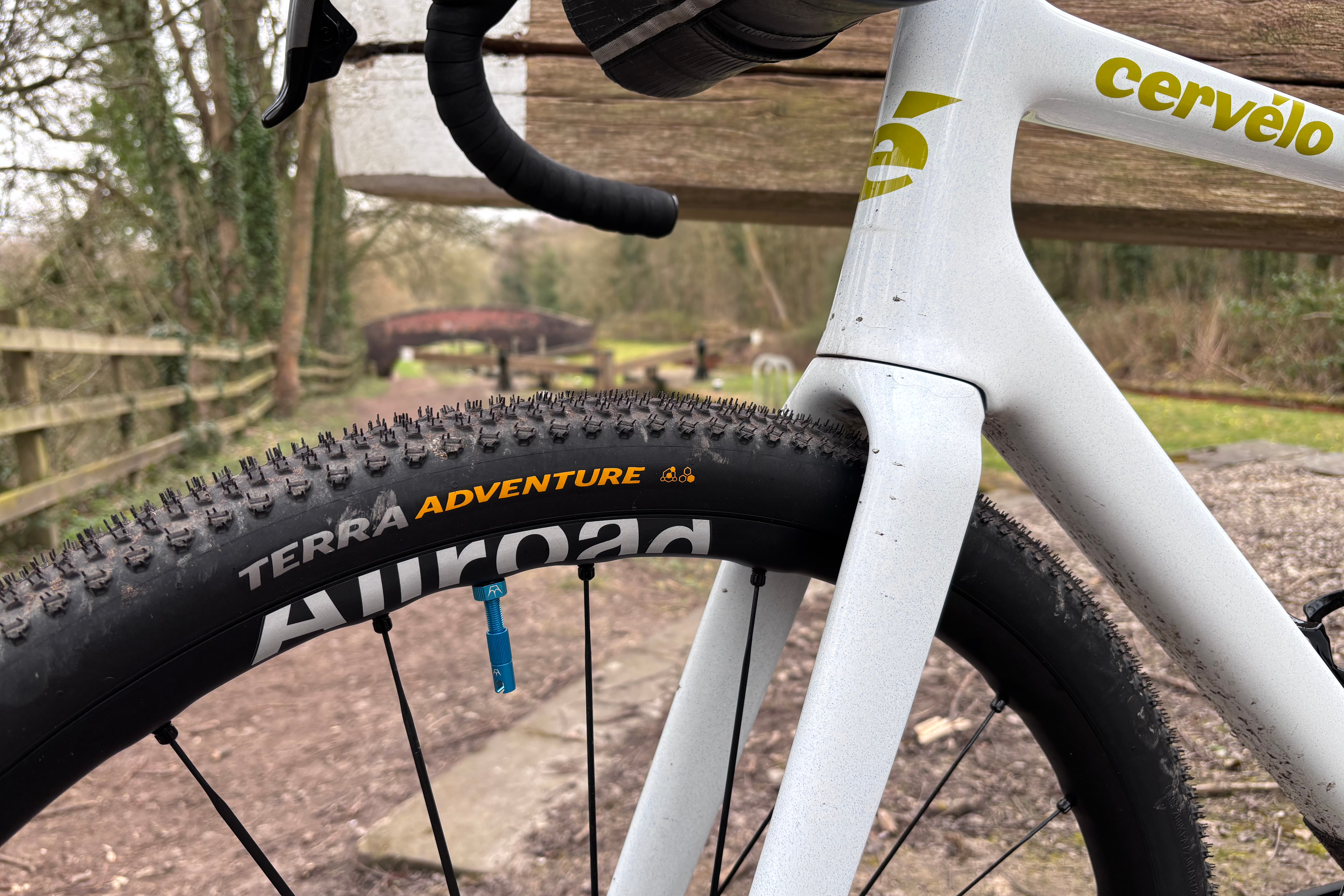
Weight is crucial for race tyres and has a significant impact on how your bike accelerates as well as rolling resistance. However, much like with pressures, those extra gains only count if they stay inflated. Tyre brands are now responding to the increased demands of gravel racers with more suitable options, such as the Continental Terra Adventure tyres, Schwalbe G-One RX Pro and the Vittoria T50, which feature stronger constructions and reinforced sidewalls designed to cope with more demanding terrain. They do carry a small weight penalty, but don't be afraid to opt for something more robust if you don't enjoy fixing punctures.
Pay attention to the tyre construction
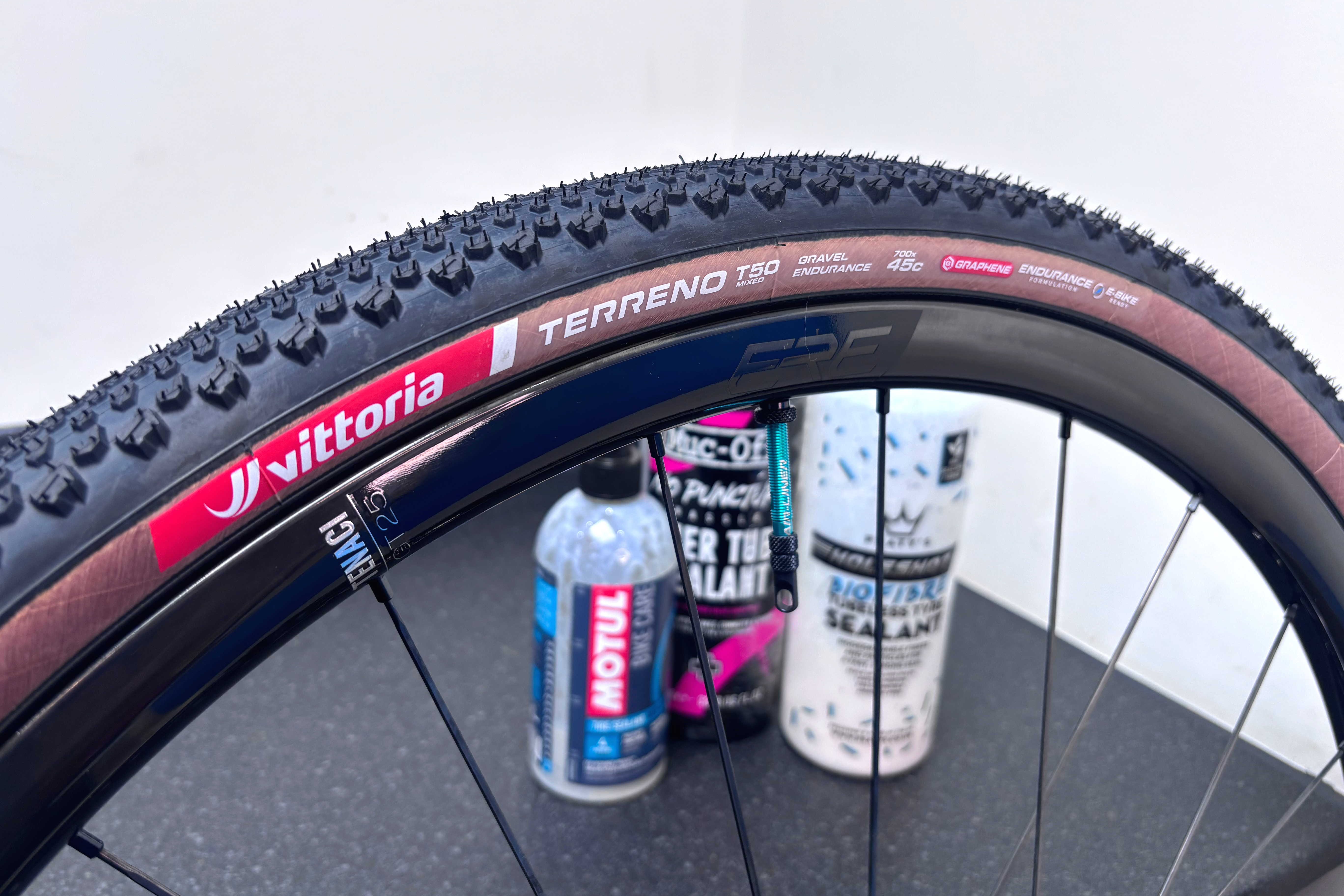
Mountain bikers stopped using super-light tyres for anything but the smoothest short-track events sometime ago, and for good reason. Impacts from sharp rocks and roots often cause pinch punctures, especially as you get deep into a race and fatigue sets in, so having something that can deal with the occasional poor choice of line is a real bonus. Light casings are fast and roll well, but don't be afraid to go for something with more protection, especially on areas like the side wall, which are prone to cuts and also tend to be more challenging to repair in a hurry.
Tyre inserts?
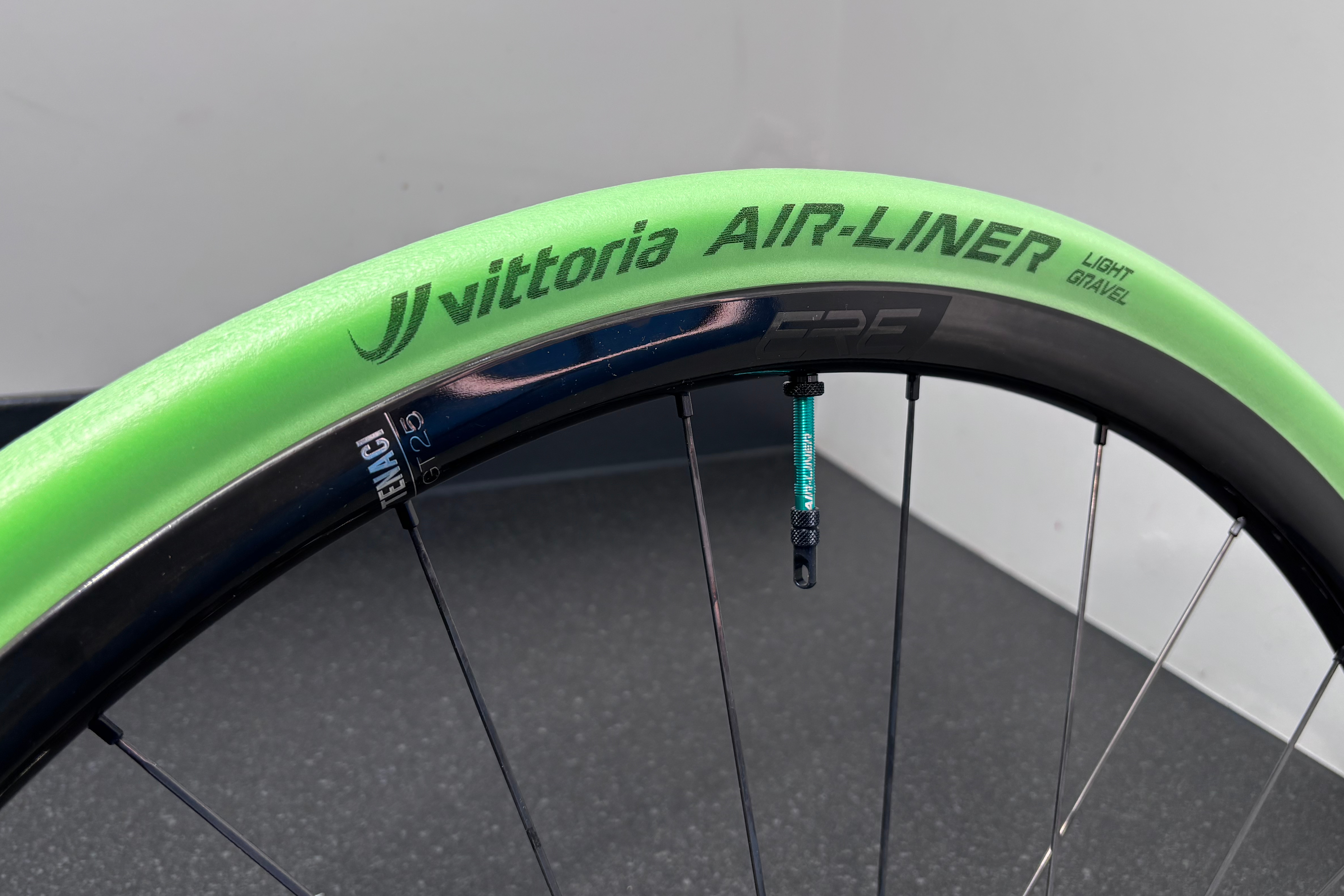
While commonplace in the gravity racing world, tyre inserts are still an unusual sight for lots of gravel riders, though with brands like Vittoria getting behind them, this is likely to change. They do add a little bit of weight, but on the road, they don't have much if any impact on rolling resistance. The extra few grams is a small price to pay for the extra security and peace of mind they provide on rocky terrain. Some versions can be fiddly to fit, and you need to invest some time experimenting with pressures to get the most out of them, but they do enable you to run a lower pressure with less risk of a pinch puncture or damage to your rims.
Don't ignore your sealant
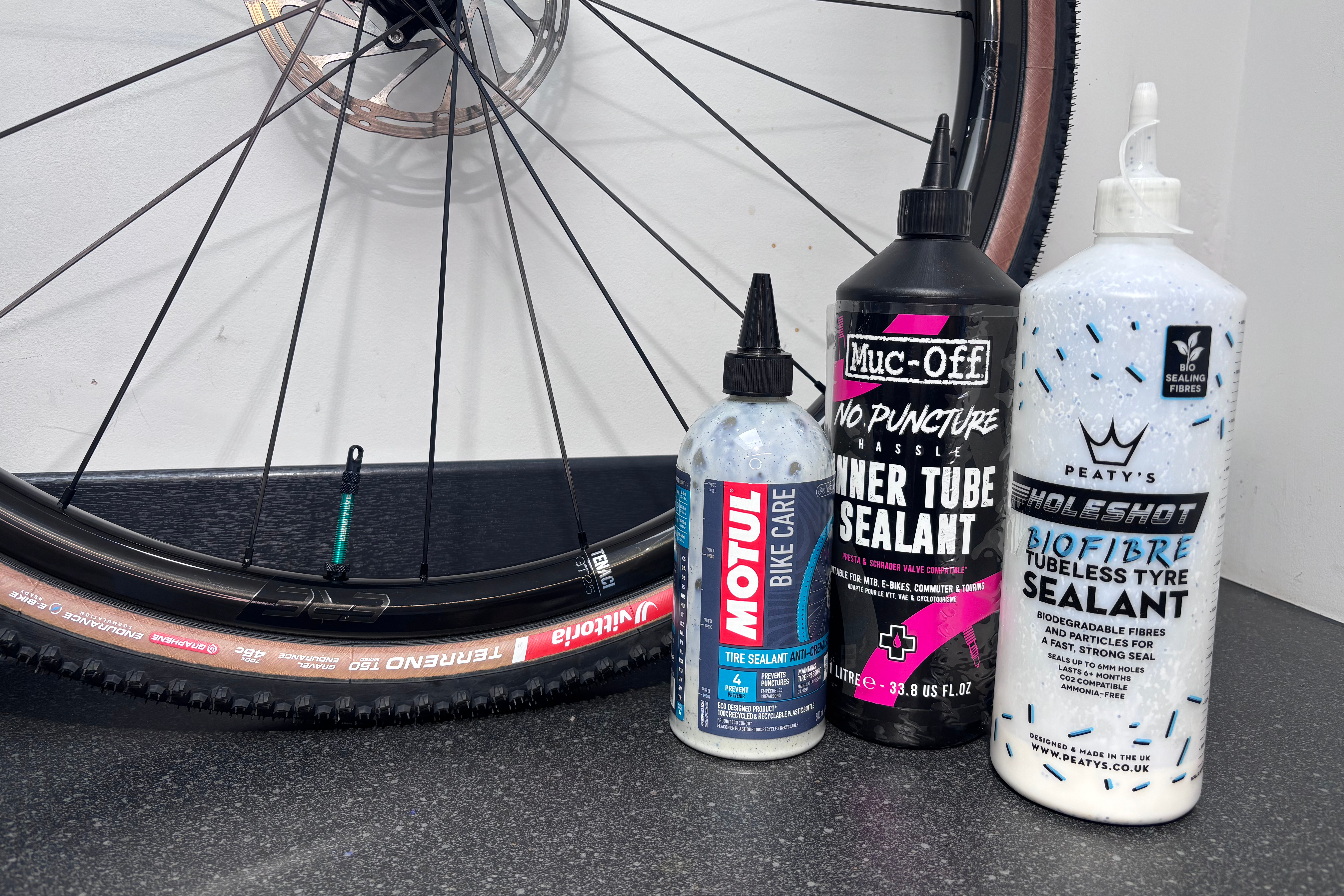
There are a few things to consider with sealant. Firstly, check it's still there! Over time, especially if you've had a few punctures that have sealed mid-ride, it can dry out, and once it's dry, it won't seal any small holes. The easiest way to check is by positioning the valve at a six o'clock position, removing the valve core, and inserting a spoke, as you would an oil dipstick in a car, to see if it's still wet. If it's dry, then it's worth removing the tyre, cleaning it and refilling.
Which brings me on to my second tip, picking the right sealant. Some versions are designed to work at higher pressures for pure road use, whereas some work better at the lower pressures you find in gravel. Explore our handy guide to determine what works best for your needs
Adjust your riding style
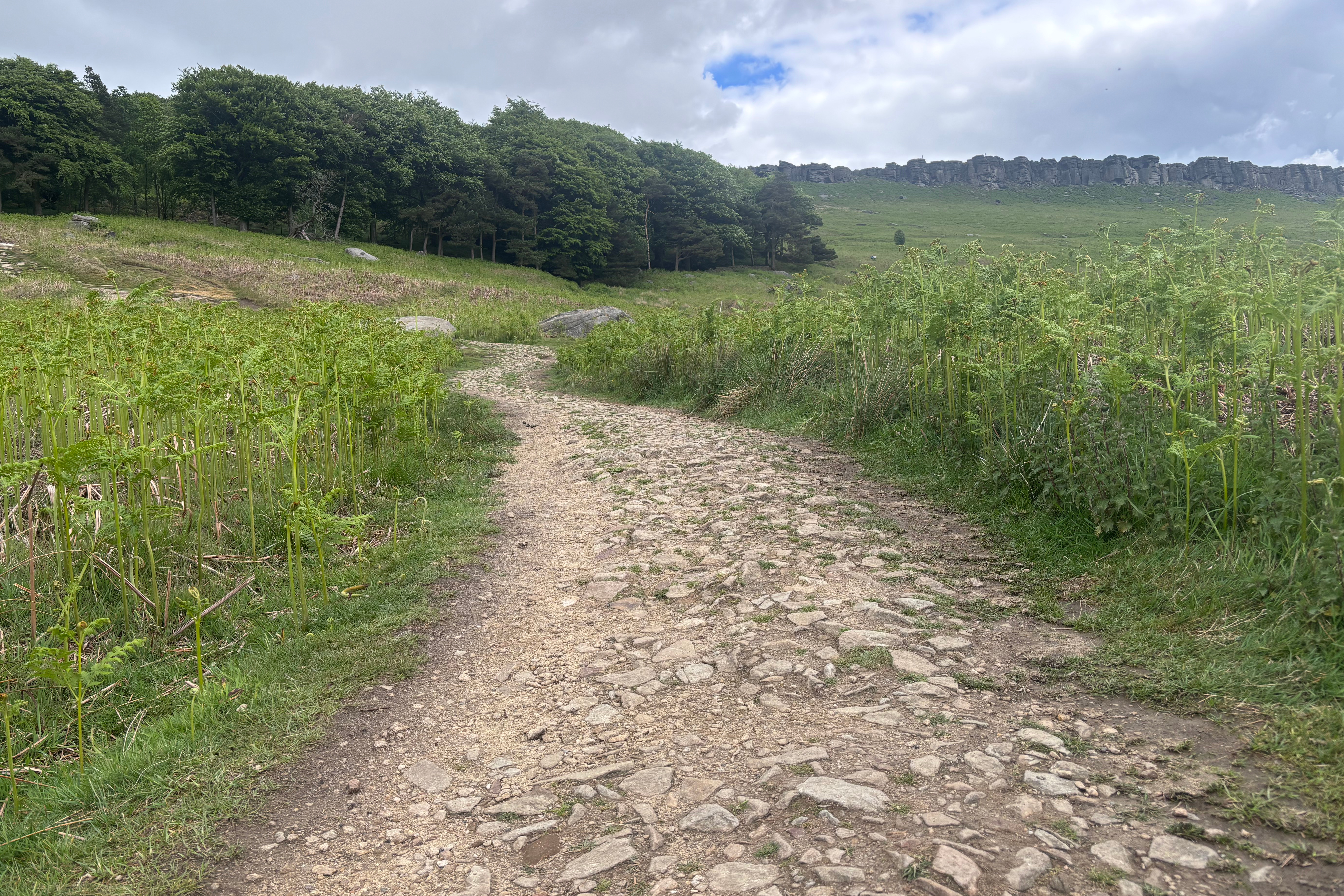
If you're riding on rougher tracks, it's worth spending some time improving your technique as well. Things like line choices and how you weight the bike in corners and descents can make a big difference to how likely you are to puncture. By being smoother and picking better lines, you can not only gain time on the course, but you can also save energy and time lost fixing mechanicals.
And if all else fails, don't forget to check out our guide on the best tubeless repair kits and how to fix a puncture.







